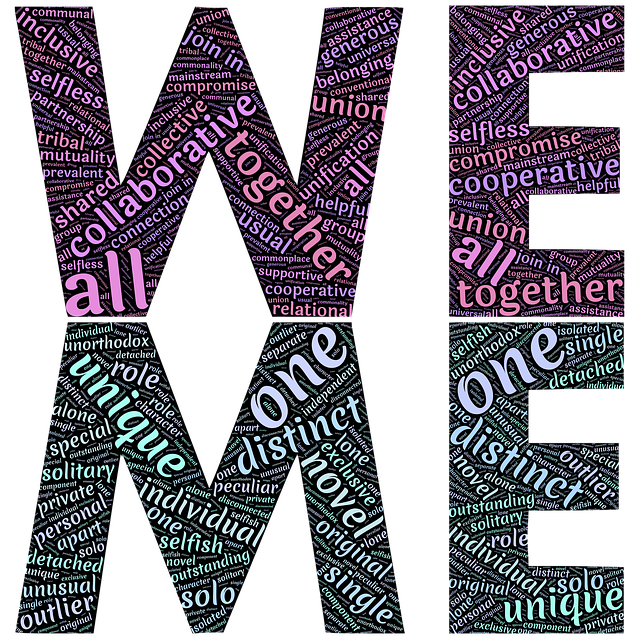6 Steps to Build a Strong Employee/Employer Bridge

This is a true story of how one woman took action to build a strong employee/employer bridge.
Beth has been supporting the CEO as his Executive Assistant for four years. During the pandemic, she was not as busy as before so she decided that she wanted to use the time to get her certification in Microsoft Outlook. Beth loves technology and uses Outlook all day long at work. She presented her idea to the CEO and asked if the company would invest in her and the class by paying the fee.
After two months, Beth was excited to have achieved the certification. When she shared the news with her executive, Beth showed him a few of the tips she learned and he was impressed. After all, he uses Outlook too.
Sharing the Knowledge
Beth offered to teach a 30-minute lunch and learn for the administrative staff. The CEO thought that was a great idea but told her to make the event available to the entire company (400 employees) since they all use Outlook. He told her to record the meeting so that people who could not attend could watch it.
Beth was shocked that 150 employees attended the meeting, including the CEO. She proceeded to teach several technology lunch and learns over the next months. The staff eagerly attended and watched the replays. Beth became a go-to resource for tech questions.

In 2021, Beth was named Employee of the Year, which is an award voted on by the employees themselves. It represented the first time that an Executive Assistant won the award. Beth attributes receiving the honor in large part to the teaching she led for the staff. With the award, she received a salary increase, title change, and a promotion.
Are you looking to have a built-to-last partnership between you and your employer? Here are 6 ways Beth does it and you can do it too.
Be a Team Player.
Leaders hold on tight to employees who consistently demonstrate that they are not only out to succeed as an individual contributor, but as someone who supports others to succeed too. They do well and then “send the elevator back down.”
Low Drama.
The most valued employees are the grownups who are the calming forces on team and work to minimize the drama. Instead, these employees put their minds on solving problems, minus blame. They solve problems not only for that moment but for the future. And they do it with a smile and a sense of humor.
Take your word to the bank.
The team knows that if you say you will do something, it is as good as done. If there are changes to the plan, you are the one to clearly communicate the latest updates which eliminates any confusion. This builds your reputation as the trusted go-to employee for accurate intel.

See around corners.
If you see something, you say something. Anticipate, run the what-ifs, and be proactive about them. If, for example, you learn about the plan for the office renovation as a part of re-entry and you see a potential issue with the layout, bring it to your employer’s attention. If your executive is landing late at night from a business trip, be mindful of what the schedule looks like for the next day and what foods would be good to have available at the office in case they are tired. Loyal and engaged employees have special eyes and ears to see and anticipate things their employers don’t see. They take action without being asked.
Own mistakes and invoke the one-time rule.
Everyone messes up once in awhile and the best employers know this. Employees remember exactly how their employer reacts to mistakes. The most trusted employees are the ones who own their mistakes and share honestly with employers about what happened and how the issue was fixed. Most importantly, you work to create systems that prevent the same mistake from happening again. And when others make mistakes, you give some grace and cut them a break. Trust me, this is remembered too.
You love being a life-long learner.
Strong bridges between employees and employers are built on the knowledge that no one knows it all and that there is always something new to learn. Stay open to new information from all colleagues. Seek to be the one to understand the latest system and teach others.
Beth’s CEO is now supporting her to take whatever classes she feels are important to take. He is seeing a marked increase in Beth’s confidence and her ability to handle complex projects on his behalf. The entire staff respects and values her which makes the CEO feel great. The ROI of trusting Beth to spend company money on a technology class has paid off exponentially.
Beth has never been as motivated and inspired by her work as in the last two years. She is enjoying thinking through what she may want to take on next at the company, knowing that she has the full support of the executive team.
Building strong bridges between employees and employers results in higher staff morale, increased retention and stability, and boosted profits that come from staff inspired to go above and beyond every day. Doing this is the roadmap to an improved and sustainable new workplace.
This guest post was authored by Bonnie Low-Kramen

BONNIE LOW-KRAMEN is a highly sought-after TEDx speaker, teacher, and founder and CEO of “Be the Ultimate Assistant,” a curated training solution for corporate leaders and assistants creating synchronous and thriving work environments. With a diverse rolodex of clients, including University of Pennsylvania’s Wharton School of Business, Amazon, Four Seasons Hotels & Resorts and PricewaterhouseCoopers, Low-Kramen has globally transformed companies into more inclusive, productive, and happier sectors.
Low-Kramen serves as a consultant to the World Administrative Summit. She is the author of Be the Ultimate Assistant: A Celebrity Assistant’s Secrets to Working with Any High-Powered Employer. Much of her work in this space is rooted in over 25 years of experience as a Personal Assistant. She is passionate about bridging the gaps in professional relationships, and elevating employees – especially women – by fostering equal and respectful collaborations.

